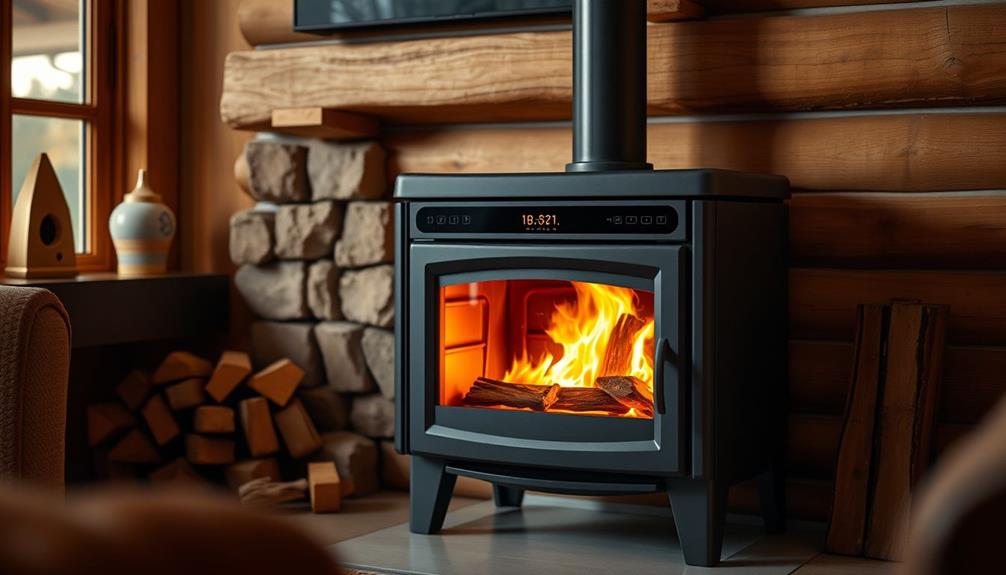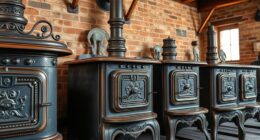As someone who cherishes cozy nights next to the fireplace, I have learned the essential art of keeping a fire going in a wood stove. It resembles keeping an ember in a sleeping condition, ready to ignite into a strong flame at a moment’s notice.
In this article, I’ll share the benefits of banking a fire, the materials you’ll need, and step-by-step instructions to ensure your wood stove is perfectly prepped.
Get ready to master the art of keeping the fire alive, even when you’re not actively tending to it.
Key Takeaways
- Banking a fire in a wood stove maintains a steady source of heat throughout the night.
- Using seasoned hardwood logs like oak or maple ensures a longer burn time.
- Proper airflow is essential for a well-banked fire, so leave space between the logs and use a firewood grate or elevate the logs.
- Regular maintenance and cleaning of the wood stove are important for fire safety, performance, and efficiency.
Understanding the Benefits of Banking a Fire
I really enjoy banking a fire in my wood stove because it helps me save on heating costs during the night.
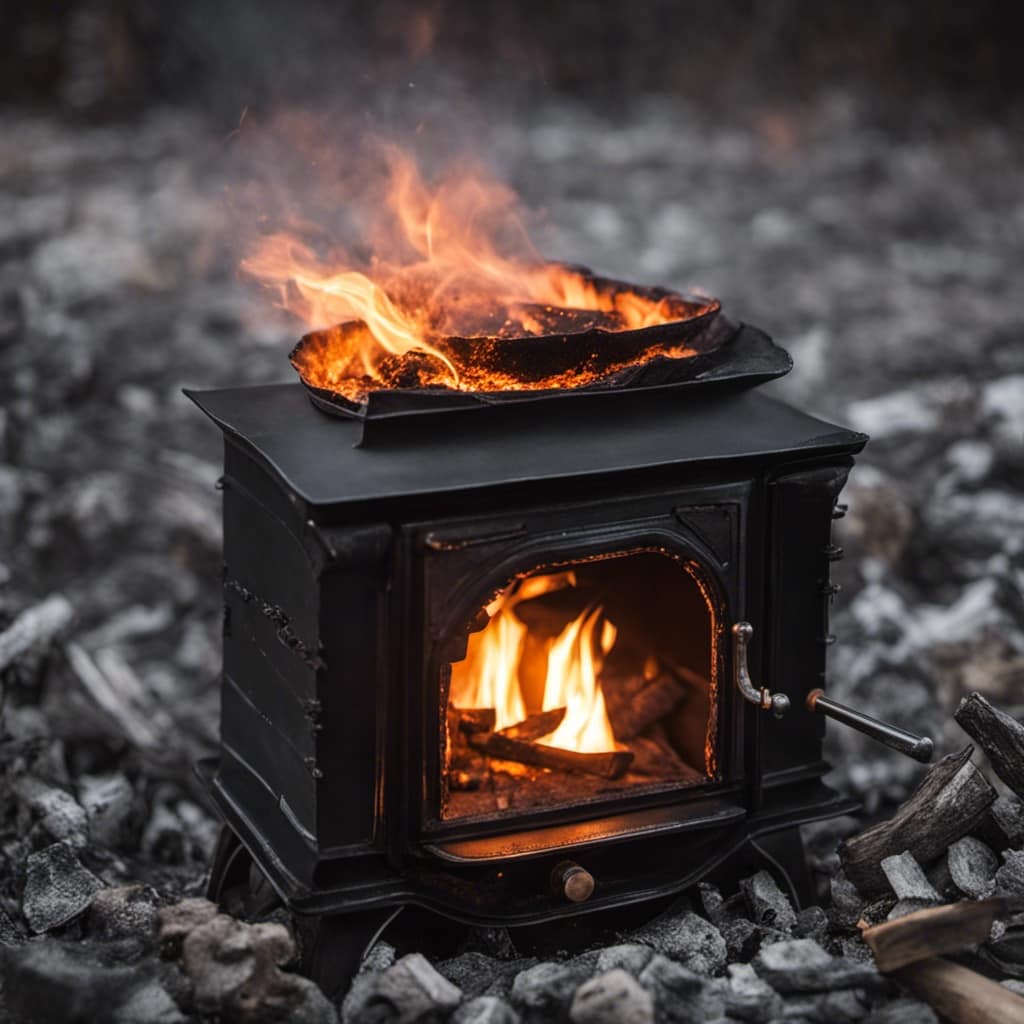
There are several advantages to banking a fire. First, it allows me to maintain a steady source of heat throughout the night without constantly adding more wood. By banking the fire before I go to bed, I can ensure that the fire will burn slowly and steadily, providing warmth for several hours. This not only keeps my living space cozy, but also reduces the amount of fuel I need to use.
Additionally, banking a fire helps to conserve energy by maximizing the efficiency of the wood stove. The coals from the banked fire continue to radiate heat long after the flames have died down, allowing me to keep my home warm without using excessive energy.
Overall, banking a fire in my wood stove has proven to be a cost-effective and energy-saving solution for heating my home during the night.
Gathering the Necessary Materials
To successfully bank a fire in a wood stove, it’s important to gather the necessary materials such as kindling, firewood, and newspaper. Here are the steps to gather the materials:

Choosing appropriate firewood:
Select seasoned hardwood like oak or maple, as they burn longer and produce more heat.
Avoid using softwoods like pine or spruce, as they tend to burn quickly and create more creosote buildup.
Maintaining proper air flow:
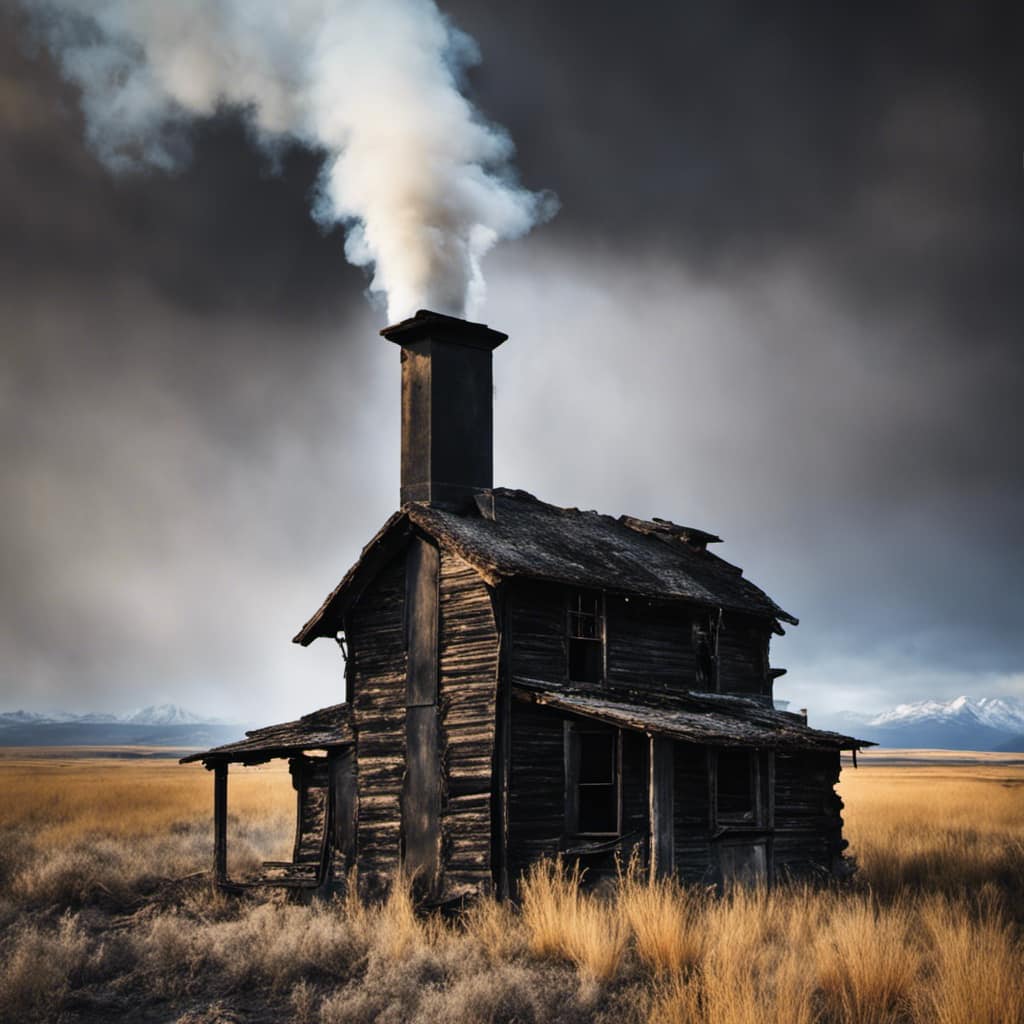
Ensure there’s enough space between the logs for air to circulate.
Use a firewood grate or elevate the logs to allow for better airflow.
By following these steps and gathering the right materials, you can ensure a successful banking of the fire in your wood stove.
Preparing Your Wood Stove for Banking a Fire
Before banking a fire in your wood stove, make sure the stove is clean and free of any debris or ash. Wood stove maintenance is an essential part of ensuring the safety and efficiency of your heating system.

Regular cleaning and inspection of your wood stove not only prevents potential fire hazards but also improves its performance. Cleaning your wood stove involves removing any accumulated ash or debris from the firebox, flue, and chimney. This not only prevents blockages but also promotes better airflow and combustion.
Additionally, inspecting the stove for any signs of wear and tear, such as cracks or loose fittings, is crucial for maintaining its structural integrity. By prioritizing wood stove maintenance, you’re taking important steps towards fire safety and ensuring the longevity of your heating system.
Step-by-Step Instructions for Banking a Fire
Once the fire has burned down to a bed of hot coals, carefully place a few logs on top, ensuring they’re stacked securely and will continue to burn slowly throughout the night.
To properly bank a fire in a wood stove, follow these step-by-step instructions:
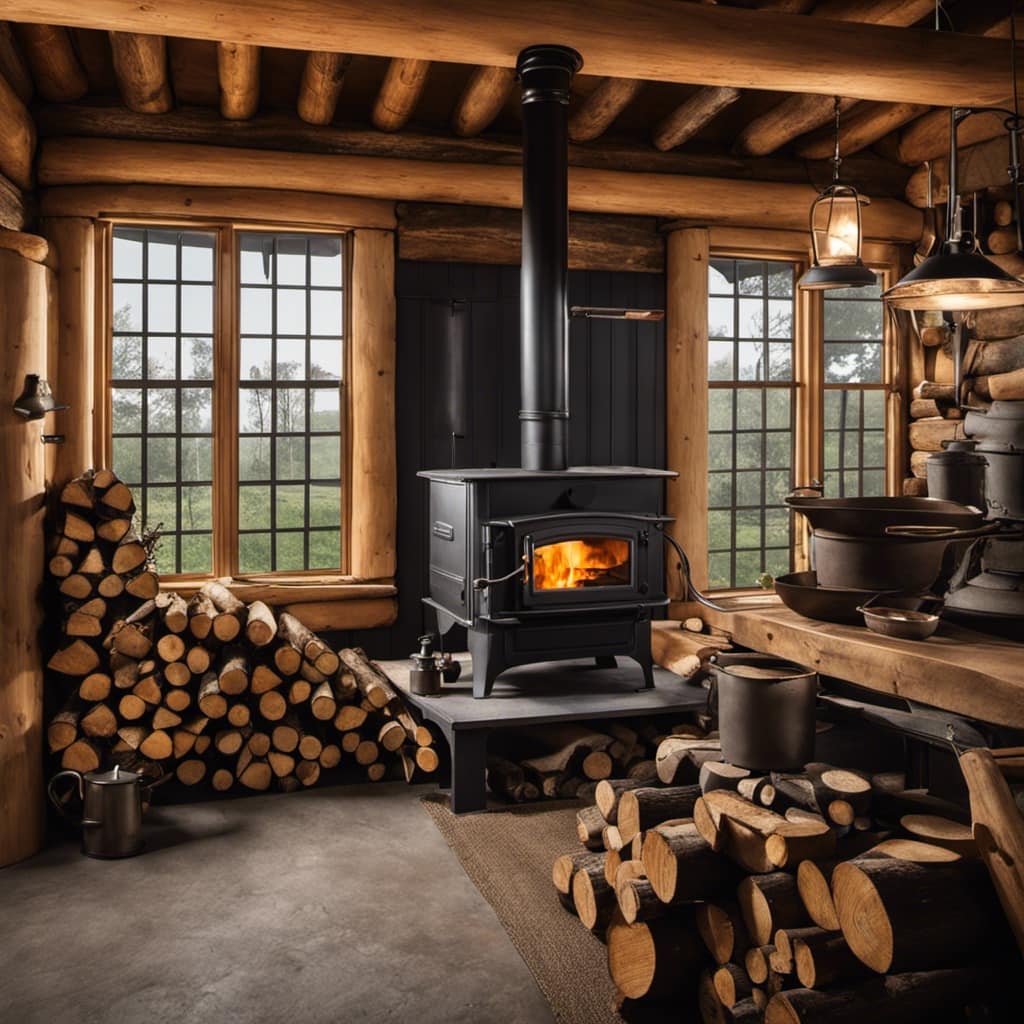
- Gather a few logs that are dry and well-seasoned.
- Arrange the logs in a crisscross pattern on top of the hot coals, allowing for proper airflow.
- Make sure the logs aren’t too tightly packed, as this can restrict oxygen flow.
- Leave some space between the logs to allow heat to radiate evenly.
- Use alternative fire starting methods if needed, such as fatwood sticks or fire starters, to ignite the top logs.
- Avoid using flammable liquids like gasoline, as they can be dangerous and produce harmful fumes.
- Consider using newspaper or small sticks as kindling to get the fire started.
- Troubleshoot common issues like a smoky fire or difficulty in igniting the logs by adjusting the damper and ensuring proper ventilation.
- Open the damper fully to increase airflow and reduce smoke.
- Clean out any ash or debris from the stove to improve combustion efficiency.
Are There Different Techniques for Banking a Fire in a Wood Stove?
Yes, there are various techniques for banking a wood stove fire. Some people prefer the traditional criss-cross method, while others opt for the top-down layering technique. Experimenting with different methods can help you find the one that works best for your specific wood stove and heating needs.
Tips and Tricks for Optimizing the Banked Fire
During the winter months, I always make sure to adjust the damper and stack the logs properly in order to optimize the banked fire in my wood stove. Maintaining a long-lasting banked fire is essential for keeping my home warm and cozy throughout the night. To help you achieve the same results, I have compiled some tips and tricks for optimizing the banked fire in your wood stove.
| Tip | Description |
|---|---|
| 1 | Use seasoned hardwood logs for a longer burn time. |
| 2 | Arrange the logs in a tight, crisscross pattern to promote airflow. |
| 3 | Adjust the damper to control the air intake and maintain a steady burn. |
| 4 | Avoid overloading the firebox to prevent smoldering and inefficient combustion. |
| 5 | Regularly remove ash buildup to maintain proper airflow and prevent smokiness. |
Troubleshooting common issues with banked fires:
- If the fire dies out quickly, check for insufficient airflow or damp wood.
- If the fire burns too quickly, adjust the damper to reduce the air intake.
- If the fire produces excessive smoke, remove any obstructions in the chimney or clean the flue.
Frequently Asked Questions
How Long Can a Banked Fire Typically Last in a Wood Stove?
Typically, a banked fire in a wood stove can last for several hours. It involves arranging the logs tightly and closing the dampers to slow down the burn rate. This conserves fuel and maintains a steady heat for longer periods.
Can I Use Any Type of Wood for Banking a Fire, or Are There Specific Types That Work Best?
Well, when it comes to banking a fire in a wood stove, not just any type of wood will do. There are specific types that work best. Let’s discuss the pros and cons.
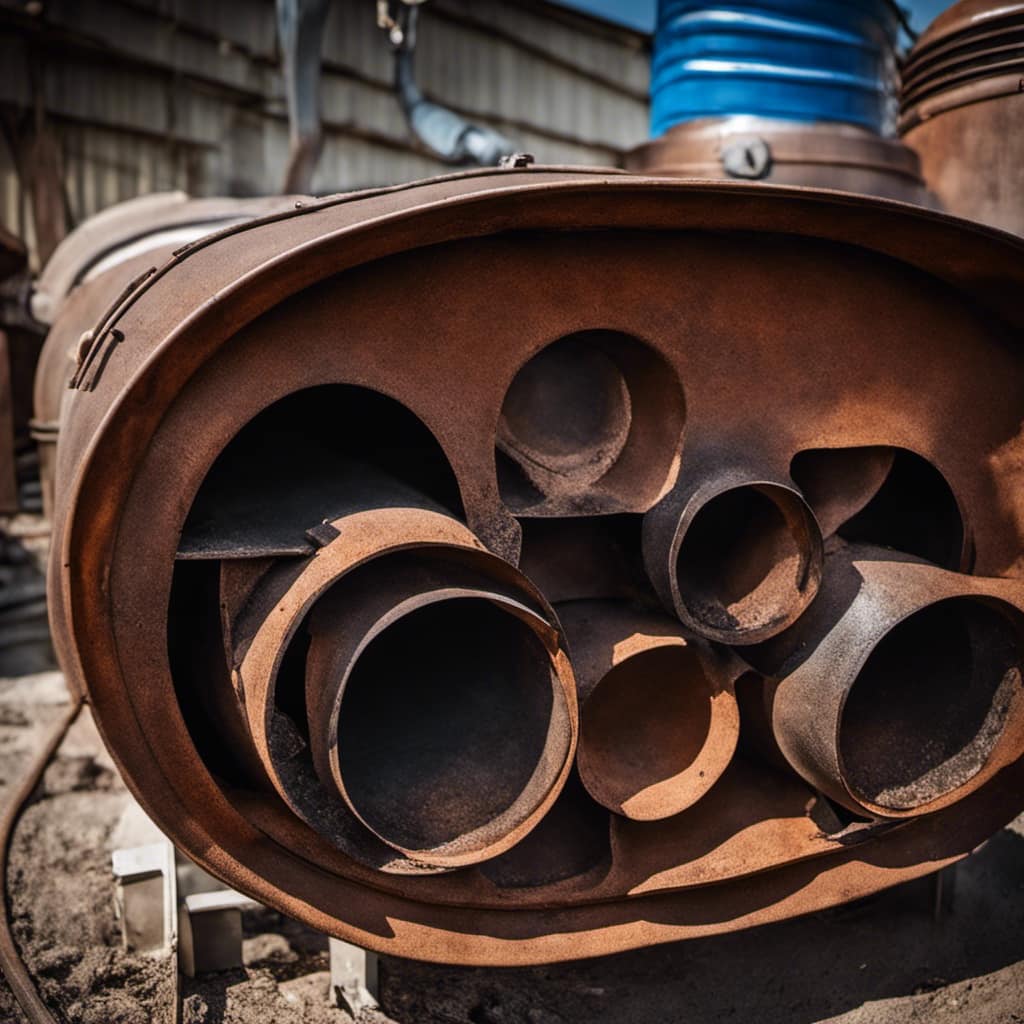
Is It Necessary to Clean the Wood Stove Before Banking a Fire?
It is important to clean the wood stove before banking a fire. Cleaning removes ash and debris, ensuring proper airflow and preventing potential fire hazards. Regular maintenance of the stove is crucial for efficient and safe operation.
Can I Add More Wood to a Banked Fire to Keep It Going for Longer Periods?
Sure, you can add more wood to a banked fire to keep it going longer. However, be cautious of overloading the stove, which can lead to inefficient burning and excessive smoke.
Are There Any Safety Precautions I Should Take When Banking a Fire in a Wood Stove?
When banking a fire in a wood stove, it is crucial to prioritize fire safety and ensure proper ventilation. Taking necessary precautions like using a fire screen and keeping flammable items away can help prevent accidents and maintain a controlled fire.
Conclusion
While banking a fire in a wood stove may seem like a practical and efficient way to keep your home warm, it’s actually a paradoxical practice. Despite its reputation for conserving energy and prolonging the burn time of your fire, banking a fire can actually lead to a decrease in heat production and an increase in smoke emissions.
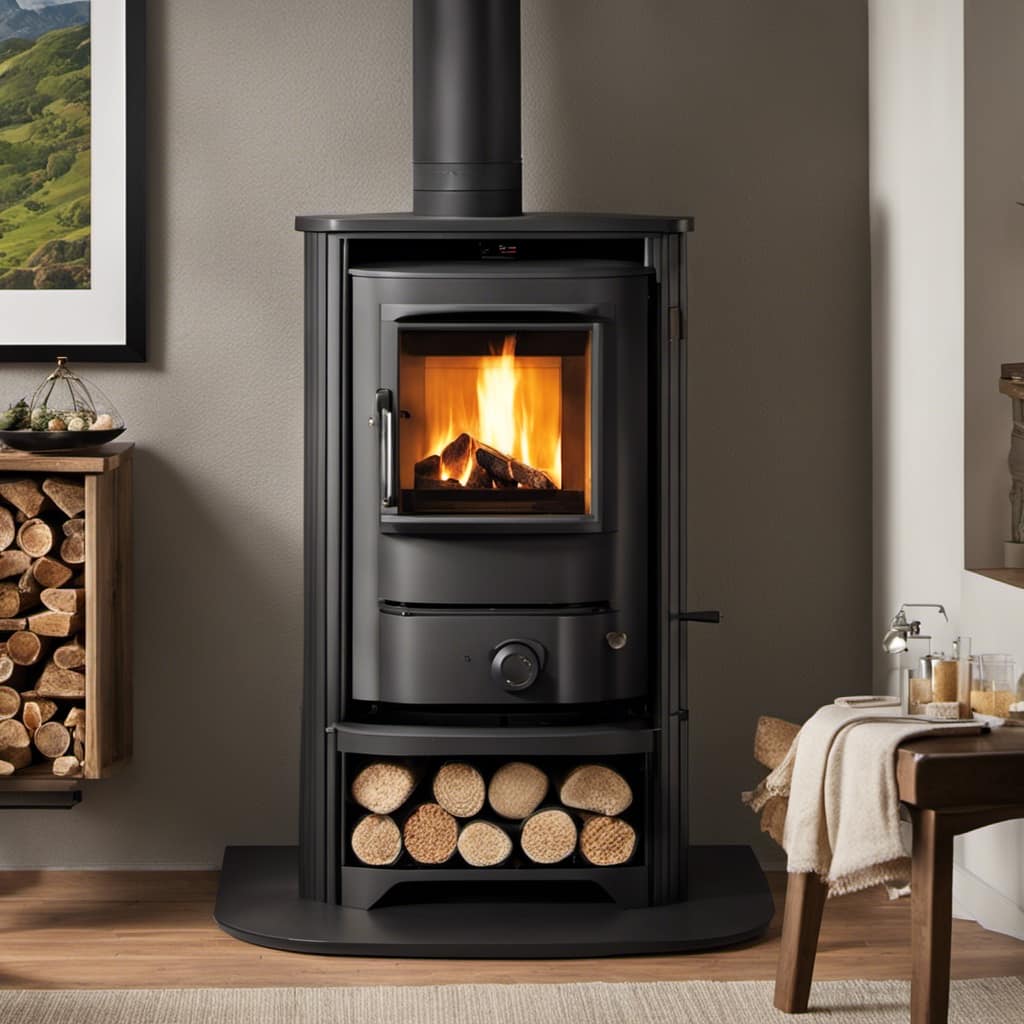
So, while it may seem like a smart move, it’s best to reconsider and opt for other methods to keep your wood stove burning efficiently.
Growing up surrounded by the vast beauty of nature, Sierra was always drawn to the call of the wild. While others sought the comfort of the familiar, she ventured out, embracing the unpredictable and finding stories in the heartbeat of nature.
At the epicenter of every remarkable venture lies a dynamic team—a fusion of diverse talents, visions, and passions. The essence of Best Small Wood Stoves is crafted and refined by such a trio: Sierra, Logan, and Terra. Their collective expertise has transformed the platform into a leading authority on small wood stoves, radiating warmth and knowledge in equal measure.







